Figures & data
Fig. 1 Trends in average percent modern postpartum family planning use (% PPFP) at 3 months, all women 15–49 years old, with 95% confidence intervals in Ethiopia, Malawi, and Nigeria. Source: DHS.
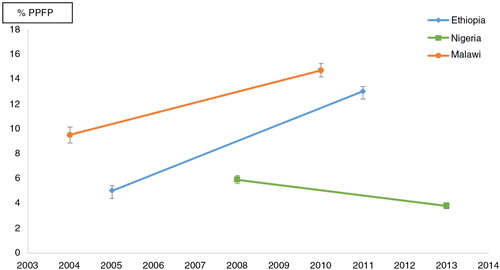
Fig. 2 Distribution of modern postpartum family planning at 3 months, all women 15–49 years old, by age, with 95% confidence intervals in Ethiopia, Malawi, and Nigeria. Source: DHS.
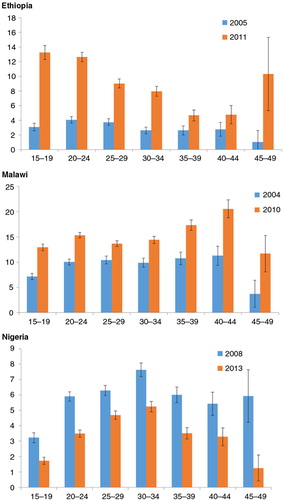
Table 1 Postpartum use of modern family planning at 3 months among women 15–49 years old disaggregated by education, place, and wealth quintile in Ethiopia, Malawi, and Nigeria
Table 2 Prevalence of modern postpartum family planning at 3 months among women 15–49 years old by parity and birth interval (preceding birth)
Fig. 3 Equiplots of modern postpartum family planning at 3 months, all women 15–49 years old, by education, place, and wealth quintile in Ethiopia, Malawi, and Nigeria.
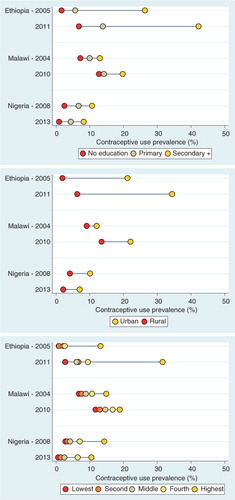
Fig. 4 Mapping of prevalence of modern postpartum family planning use at 3 months, all women 15–49 years old, by region, Ethiopia. Source: 2011 DHS.

Fig. 5 Mapping of prevalence of modern postpartum family planning use at 3 months, all women 15–49 years old, by district, Malawi. Source: 2010 DHS.
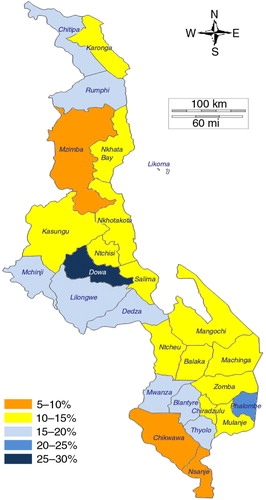
Fig. 6 Mapping of prevalence of modern postpartum family planning use at 3 months, all women 15–49 years old, by state, Nigeria. Source: 2013 DHS.
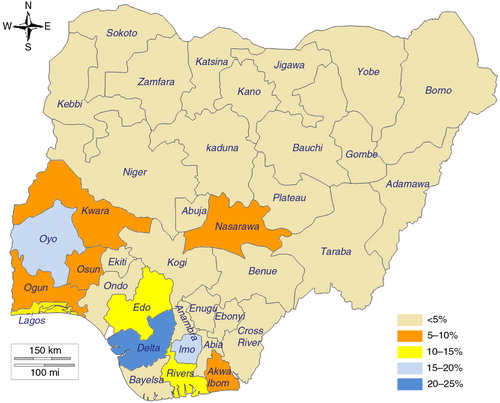
Table 3 Multivariate analysis of effect of contacts with the health system on modern postpartum contraception use
